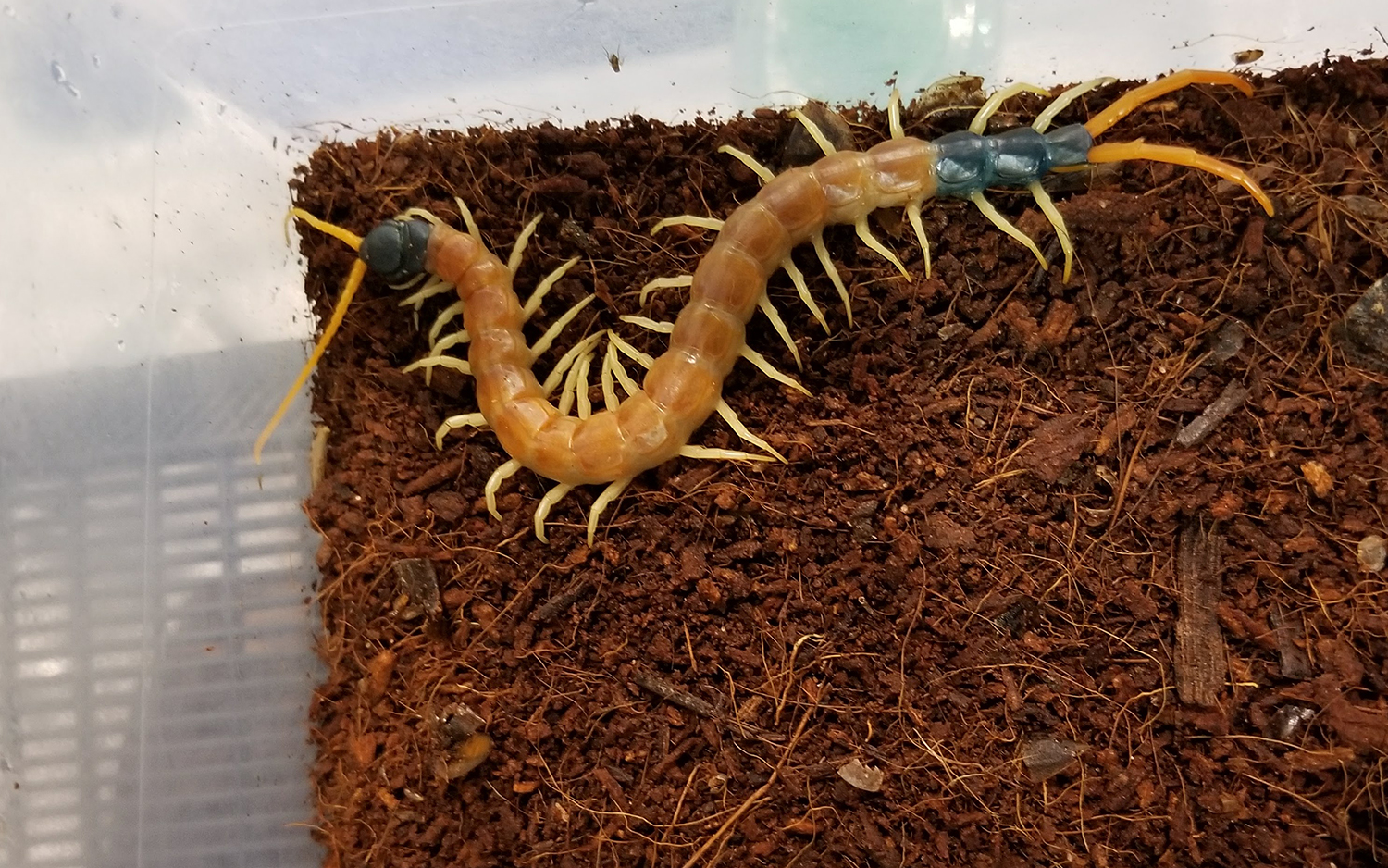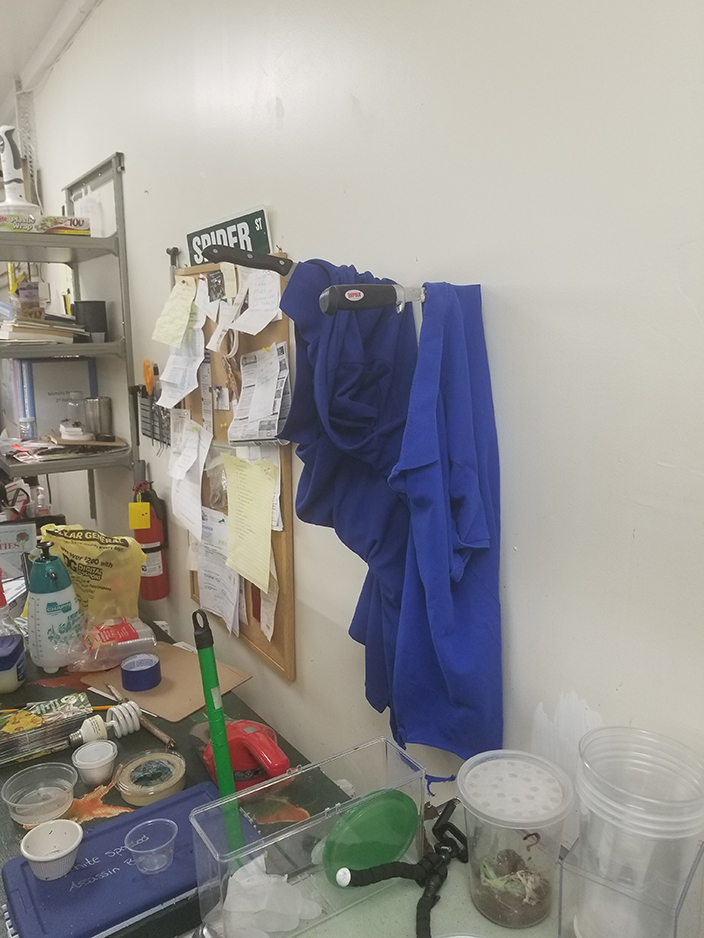7,000 Bugs and Lizards Were Stolen from a Museum … and the Buzz Is, the Employees Did It

A museum in Philadelphia is short a few bugs. Well, more than a few. Approximately 7,000 insects, spiders and scorpions — and a number of lizards — were recently stolen from the Philadelphia Insectarium and Butterfly Pavilion.
The purloined critters are estimated to be worth about $40,000, and museum officials suspect that the thieves will try to sell many of the highly prized creatures to collectors, The Philadelphia Inquirer reported.
Exotic species such as orchid mantises, giant African millipedes and leopard geckos are among the missing, and museum employees are thought to be responsible for the theft, which is currently under investigation by the FBI, John Cambridge, owner of the Insectarium, told Live Science. [Photos: 15 Insects and Spiders That May Share Your Home]
Rhino roaches, multiple tarantula species and highly venomous six-eyed sand spiders are also among the individual arthropods that were stolen, according to Cambridge.
"They just took them straight out of active exhibits, put them into transfer containers and took them away," he said.
Entire colonies of insects that were maintained behind the scenes and used for educational programs were also taken. In total, the thieves made off with more than 80 percent of the museum's collection, CNN reported. This might be the biggest live-insect heist in history, and it's a theft that's so unusual that the museum's insurance probably won't cover the loss, Cambridge told CNN.
"Why would they? This is unprecedented," Cambridge added.
Sign up for the Live Science daily newsletter now
Get the world’s most fascinating discoveries delivered straight to your inbox.
Sending a message
A disgruntled employee may have masterminded the theft as payback for being fired, organizing the rest of the people in his or her department to steal the collection, Cambridge told Live Science.
The employee had turned in their blue work uniform in a disturbing manner, using a pair of knives to stab it into the wall of a quarantine space at the museum, "to send a message," Cambridge said.

Beginning on Aug. 21, security cameras captured the culprits — employees of the Insectarium — removing insects and other creatures from the premises in boxes; they stealthily continued to spirit bugs and lizards out of the building for the next several days, according to Philly Voice.
Once all the animals had been pilfered, the thieves' final act was to steal the Insectarium's records of their bug populations, making it harder to track what was taken, Philly Voice reported.
Seven employees were involved in the theft, but two individuals have since "come clean" and convinced officials that they acted as they did under duress, Cambridge told Live Science.
This unusual crime could land the thieves in even more trouble than they might expect, as eight of the stolen tarantulas are considered to be federal evidence, Cambridge added. The Insectarium was acting as a temporary home for the spiders, which had been smuggled into the country and were subsequently confiscated by authorities, Cambridge explained.
"We're one of the facilities that can house those creatures and care for them," he said.
The Insectarium is currently renovating its top two floors and expects to reopen them to the public on Nov. 3. The museum has launched a GoFundMe campaign — Save the Philadelphia Insectarium — to help replace the lost collection, Cambridge said.
Original article on Live Science.

Mindy Weisberger is an editor at Scholastic and a former Live Science channel editor and senior writer. She has reported on general science, covering climate change, paleontology, biology and space. Mindy studied film at Columbia University; prior to Live Science she produced, wrote and directed media for the American Museum of Natural History in New York City. Her videos about dinosaurs, astrophysics, biodiversity and evolution appear in museums and science centers worldwide, earning awards such as the CINE Golden Eagle and the Communicator Award of Excellence. Her writing has also appeared in Scientific American, The Washington Post and How It Works Magazine. Her book "Rise of the Zombie Bugs: The Surprising Science of Parasitic Mind Control" will be published in spring 2025 by Johns Hopkins University Press.










